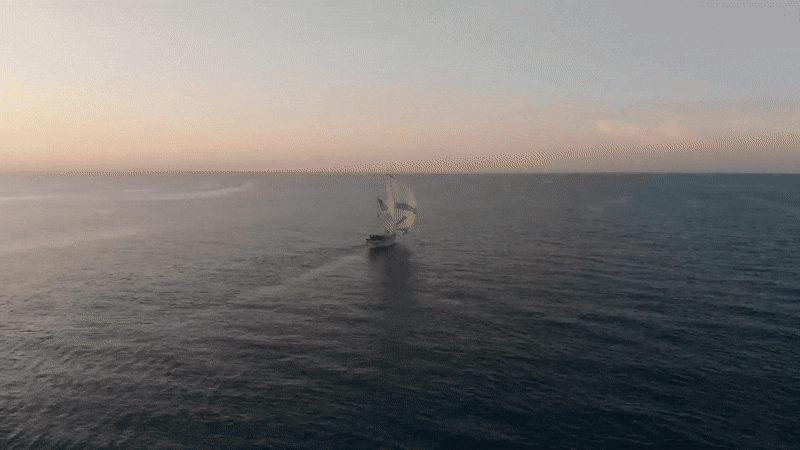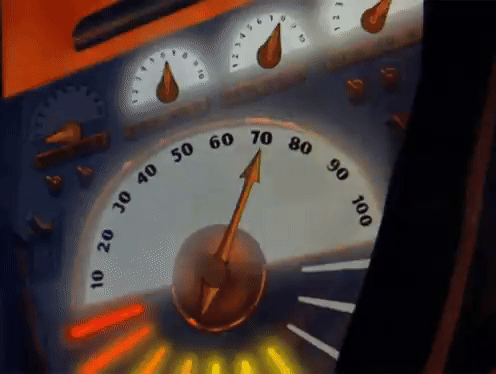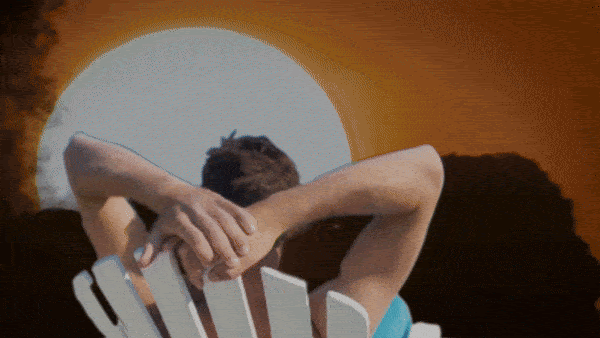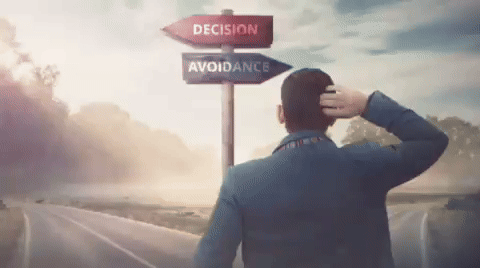We are often told that the only certain things in life are death and taxes… but between offshore tax havens and tech bros working on longevity projects, even these two certainties can’t be relied on. This leaves a whole lot of uncertainty for business leaders to deal with.
In fact, it’s likely that this level of uncertainty is too much for most of us to handle. So instead of embracing uncertainty and working our way through it, our subconscious often pretends things are more certain than they really are. As pointed out in this article, “certainty” is an emotional state, not an intellectual one. To feel certain, the brain filters out a whole bunch of information, which can lead to biases, blind spots, and bad decisions.
So, how can business leaders make better decisions and navigate big problems in the face of uncertainty?
To start, imagine that all the uncertainty you’re dealing with is contained in a box. The dimensions of the box are defined by three things: time (how long into the future your decision has a meaningful impact), the complexity of the problem you’re trying to solve, and the level of control you have over the situation. The more time, the greater the complexity, and the less control you have, the bigger the box of uncertainty you’re dealing with.
Somewhere in the box is the optimal solution, but as the volume gets bigger, that solution becomes harder to find. And paradoxically, even if you found the ultimate solution, you might not even realise what it is.
So, instead of randomly grabbing ideas out of the box and hoping it will be the ultimate solution, decision-makers need a systematic way to search through the uncertainty. In doing so, they may find multiple options that, although not perfect, lead to new, previously unidentified opportunities.
This is what I call the Art of Future Thinking. It’s how futurists explore the future to help answer long-term strategic questions. But the Art of Future Thinking is not just about exploring the future; it can also be used to explore all different dimensions of uncertainty.
If you want to make better big decisions in a time when things are more uncertain than we think, check out the Art of Future Thinking Workshop which I am now running in house for organisations. I will aim to run a public version of the workshop before the end of the financial year.

Simon Says: Can you see the bigger picture?
Although not technically part of the collaborative decision making framework, individual perception and the ability



